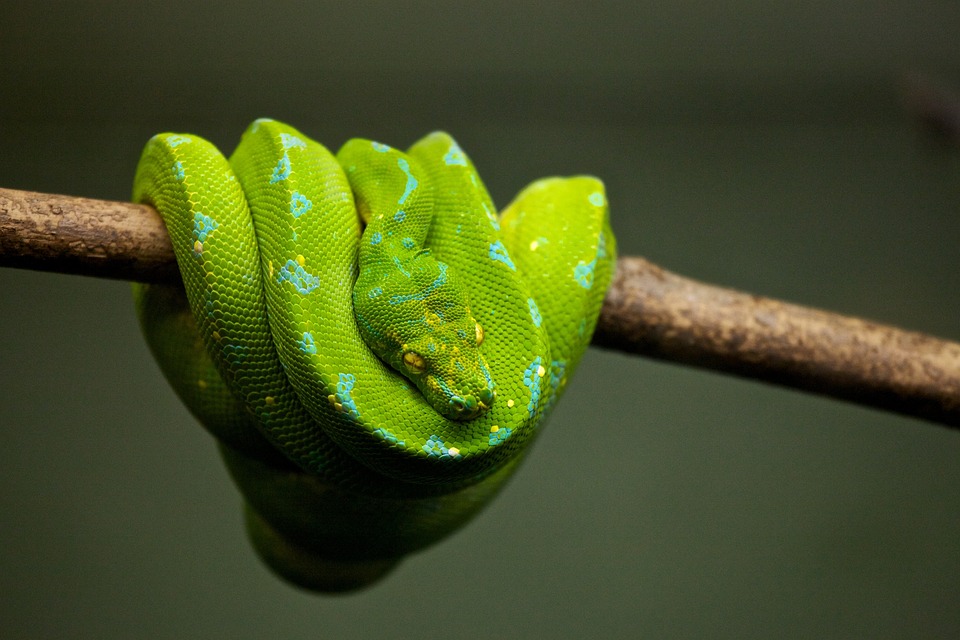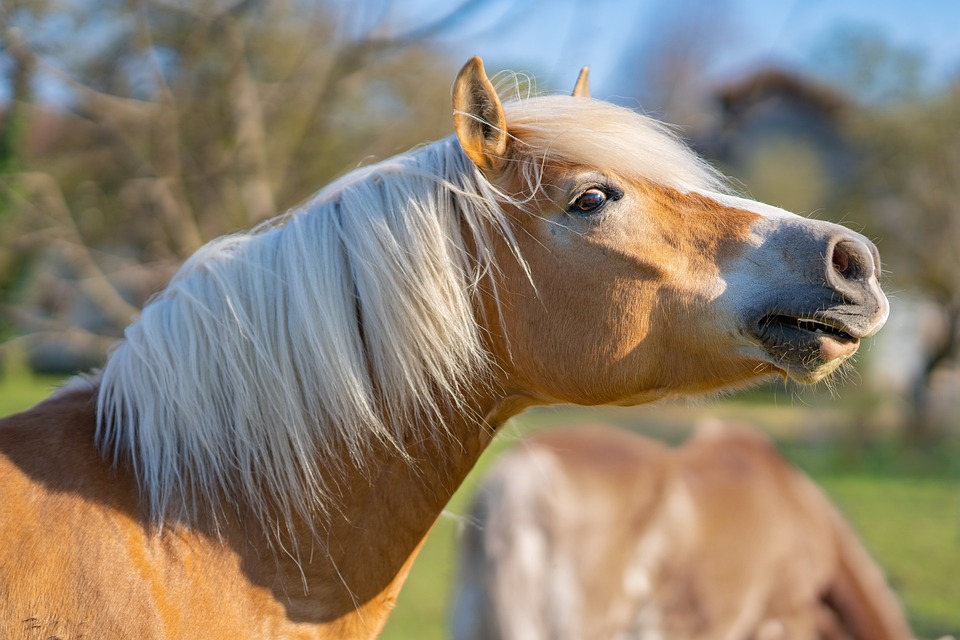Extreme heat waves are wreaking havoc on wildlife across the globe, leading to devastating consequences for various animal species. From dehydrated howler monkeys falling from trees in Mexico to billions of mussels, oysters, and barnacles boiling on the shorelines of Canada, and hundreds of Magellanic Penguins dropping dead in Argentina in a single day, the impact of rising temperatures is undeniable.
The record-breaking heat in 2023 marked the hottest year on record, with climate change exacerbating heat waves and making them more common and extreme. As economies continue to pump greenhouse gases into the atmosphere, the effects on wildlife are becoming increasingly dire. The way in which extreme heat affects animals depends on various factors, including their geographical location, whether they are experiencing chronic heat or individual heat waves, and the type of animal they are.
In the most extreme cases, heat waves can lead to mass die-offs among wildlife. In hot and dry areas like Australia, animals may not be able to withstand the additional heating, causing birds and flying foxes to literally fall dead from the sky. Even if the heat does not result in immediate death, it can alter animals‘ behavior in ways that impact population size, such as reducing breeding rates.
Animals exhibit thermal regulatory behavior to cope with extreme heat, including seeking shade, entering water, or resting more. Koalas in Australia have been observed hugging cool tree trunks, while bears in California have taken to cooling off in people’s pools during soaring temperatures. However, it remains unclear to what extent animals can adapt to the ever-warming planet and whether they can withstand extreme temperature fluctuations in the long run.
Birds are particularly vulnerable to rising temperatures, as they lack sweat glands and have limited ways of cooling their bodies. Studies have shown that bird populations are declining in response to increasing temperatures, with a 43% drop in bird species observed in the Mojave Desert over a century. Mammals, on the other hand, have shown more stability in the face of climate change, highlighting the unique challenges birds face in hotter environments.
While there are limited emergency interventions that humans can undertake to help animals cope with extreme heat, long-term conservation efforts are crucial. Governments must prioritize the conservation of natural habitats to provide wildlife with resources to buffer the effects of scalding temperatures, such as shady trees, water, nourishment, and places to seek refuge. As climate change continues to impact the living world, preserving natural environments is essential to mitigating the worst effects of extreme heat on wildlife.





